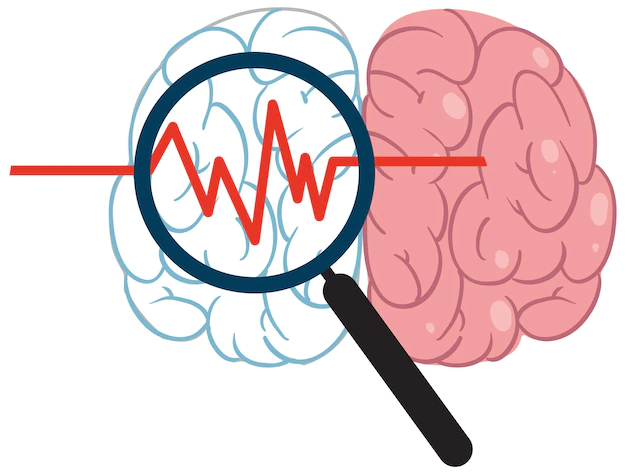Impact Stroke Has on the Brain

When a stroke occurs, the brain cells in the affected area may begin to die within minutes due to lack of oxygen and nutrients. The extent of brain damage depends on the size and location of the stroke and the duration of the blood flow interruption.
The area of the brain that is affected by the stroke determines the symptoms and the severity of the stroke. For example, if the stroke affects the part of the brain that controls movement, the person may have weakness or paralysis on one side of the body. If the stroke affects the part of the brain that controls speech and language, the person may have difficulty speaking or understanding language. If the stroke affects the part of the brain that controls vision, the person may have vision problems.
In addition to the immediate damage caused by the stroke, the brain may also experience secondary damage in the hours and days following the stroke. The body’s inflammatory response to the stroke can cause additional brain cell death, and swelling in the brain can increase pressure inside the skull and cause further damage.
Recovery from a stroke depends on the extent of brain damage and the area of the brain affected. The brain has the ability to reorganize and compensate for lost function, a process known as neuroplasticity. Rehabilitation therapy, including physical therapy, occupational therapy, and speech therapy, can help a person recover lost skills and improve function.
